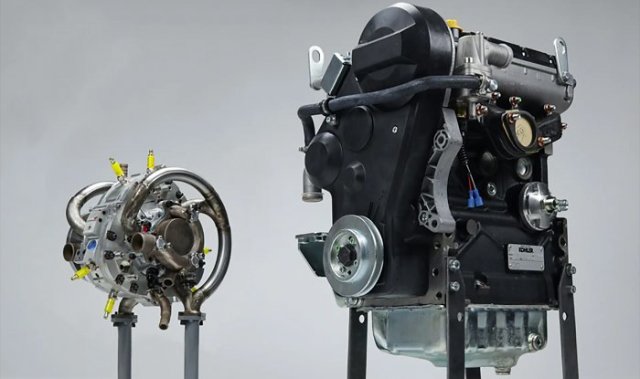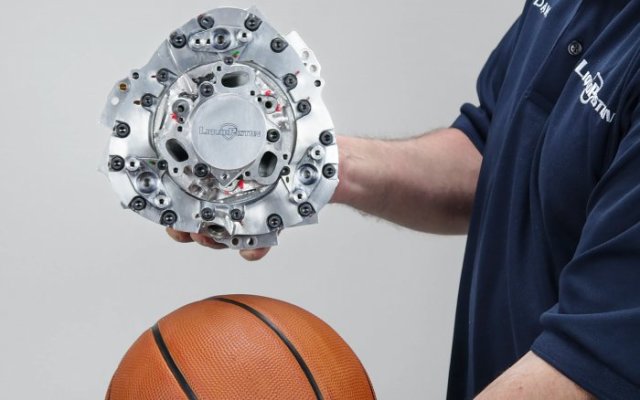
LiquidPiston Engine After 20 years of development and testing, LiquidPiston received a contract from the US Army to create a prototype of the army version of its XTS-210 rotary engine.
This development is unique in that in the era of mass electrification of technology can make a significant competition to electric motors. And the military likes it extremely for the ability to work on a wide range of fuels — from gasoline, diesel and kerosene to propane and hydrogen, as well as very popular fuel for JP-8/Jet-A jet engines.
The principle of operation of the XTS-210 is easiest to describe as a rotary Wankel engine that has been "turned inside out". For example, there is a small, round and stationary combustion chamber instead of a long and movable one, which provides direct injection and a high compression ratio. Piston rings are also fixed, which greatly simplifies their lubrication and maintenance. The XTS-210 is more durable and generates less emissions than older rotary engines.

LiquidPiston Engine The base model XTS-210 weighs 19 kg, has a working volume of 210 cc. cm., its power reaches 20 kW, it generates a torque of 29.4 Nm at 6500 rpm.
In comparison with diesel analogues, it is 5 times more powerful at the same size — or 5 times less at the same power. That's what the military needs – these engines are going to be put on UAVs. More powerful versions of the XTS-210 predecessors have already been successfully tested on light aircraft. Another useful application of such an engine is in mobile generators, which are very much in demand in modern warfare due to the large number of electronic devices on the battlefield. Saving on fuel, weight of the device and fuel for it will help optimize military logistics.
Alexander Martynenko
